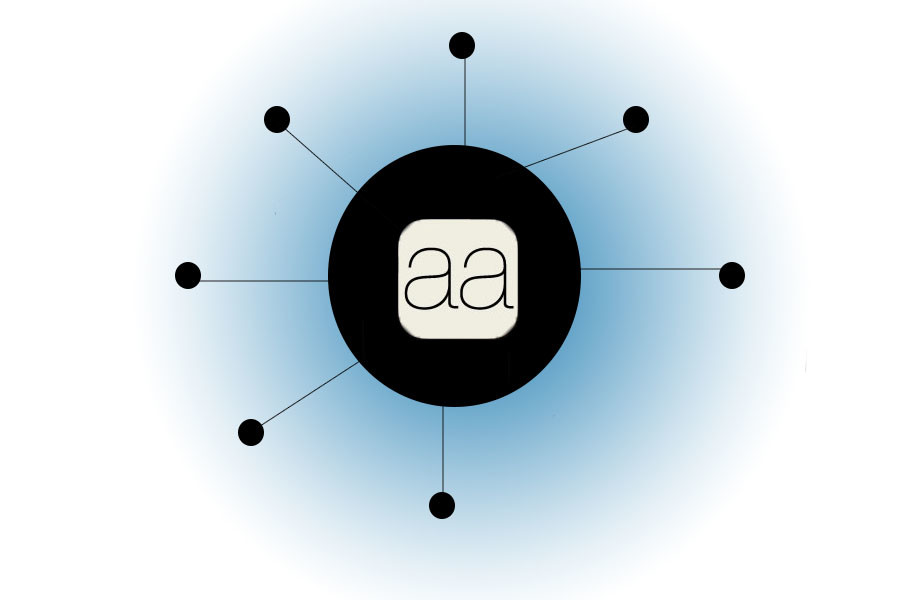Addictive aa app on the rise
February 25, 2015
Pride time is the breeding ground for app envy and the most recent “Hey what are you playing?” app is aa. aa is a minimalist app, made to get to the core of gaming. The levels go to 700 and the app is constantly being updated with new levels along with other apps with slight different styles to the game such as ff, uu, th, rr, sp, ao, rl and au.
Players who call themselves addicted are forever in the just one more level chase. The reason why the app may be so addictive though may be more scientific than anyone could have thought.
“Each contingency is an arrangement of time, activity, and reward, and there are an infinite number of ways these elements can be combined to produce the pattern of activity you want from your players.” This is a quote from a game researcher at Microsoft that has a doctorate in behavioral and brain sciences who explains how he uses this formula to make the most addictive games possible.
Ten things that make an App addicting:
1. Keeping the app as simple as possible to operate.
2. Hedonic adaptation; the rule that states good things come to those who wait, making players wait before they can get to where they want to be and then offering a way to get past the place they are stuck if they spend a little money.
3. Feedback that you have succeeded or won in the form of lights, color or noise (like a slot machine).
4. Letting the user “show off”, with awards or option to share score with others because studies prove that people spend a lot of their time (and money) to appear better then others.
5. Having a pattern for the brain to organize.
6. A compulsion loop; When a player is told that they succeeded or are on the right track then the brain releases dopamine – a neurotransmitter that is released as a reward and causes pleasure. This makes your brain want to repeat the action to get the same effect.
7.Engaging the conscious and subconscious mind by making the app connect with the users positive emotional side and their need for increase on challenge slowly.
8.Multitasking; making it take as little time and effort to play without a time limit or a need to concentrate which allows more opportunities for the game to be played anywhere anytime.
9. Illusion of control and loss aversion; Letting the user think he/she is in control and when they miss or do not complete the task the brain will demand them to try again, much like a gambler who has lost anything will want to keep betting thinking they can win it all back.
10. Providing new and fresh things; everytime the user opens the app they are greeted with something slightly different ex: a different level or new promotions.
All of these things sound a lot like what a user finds in aa, for example, the green flash of praise and the red flash of failure. A new level with a different number of pins each time and the number of difficult levels allowing for the user to show off how far they have gotten. All the little things about the aa app add up and make it scientifically addictive.









